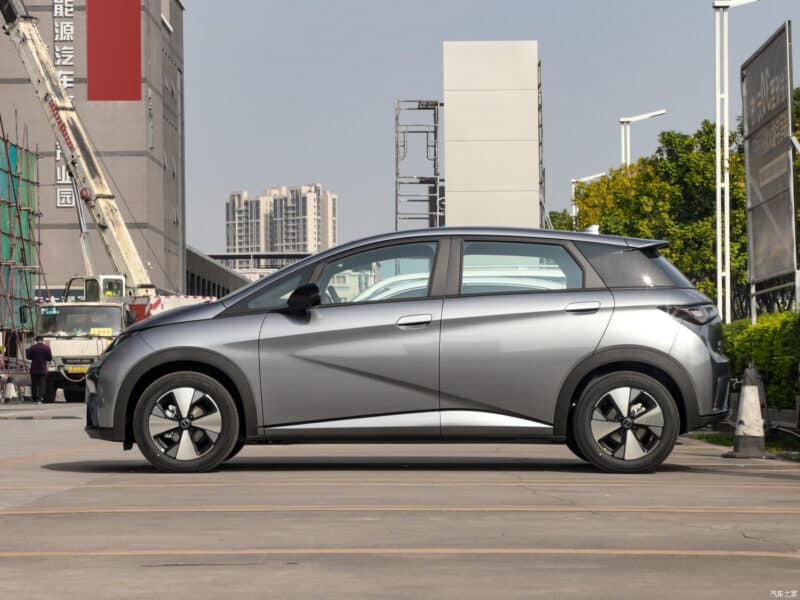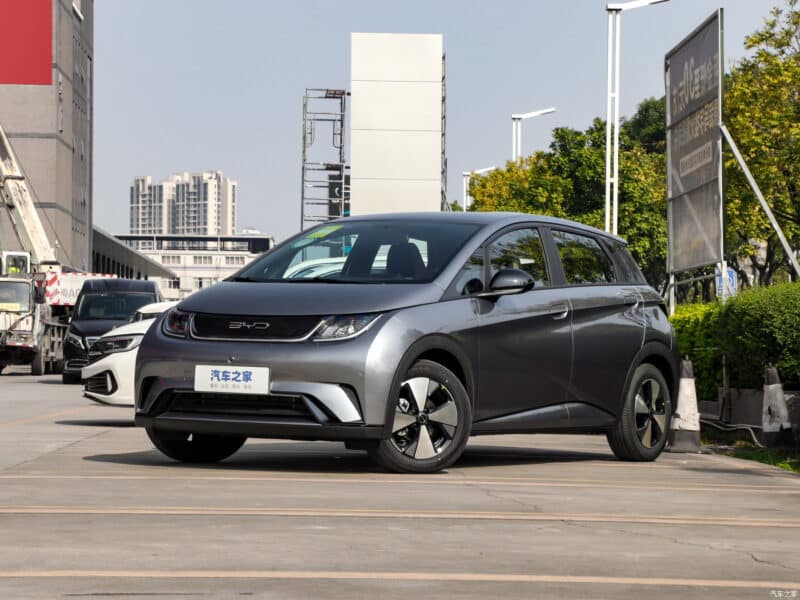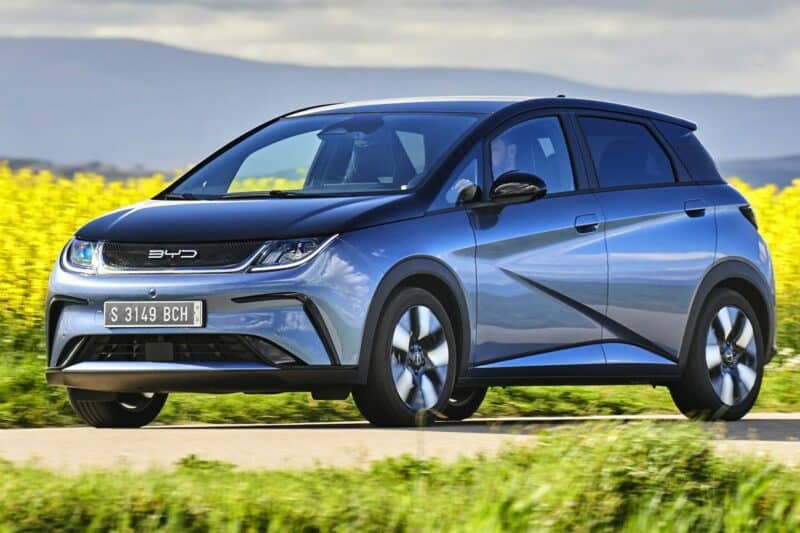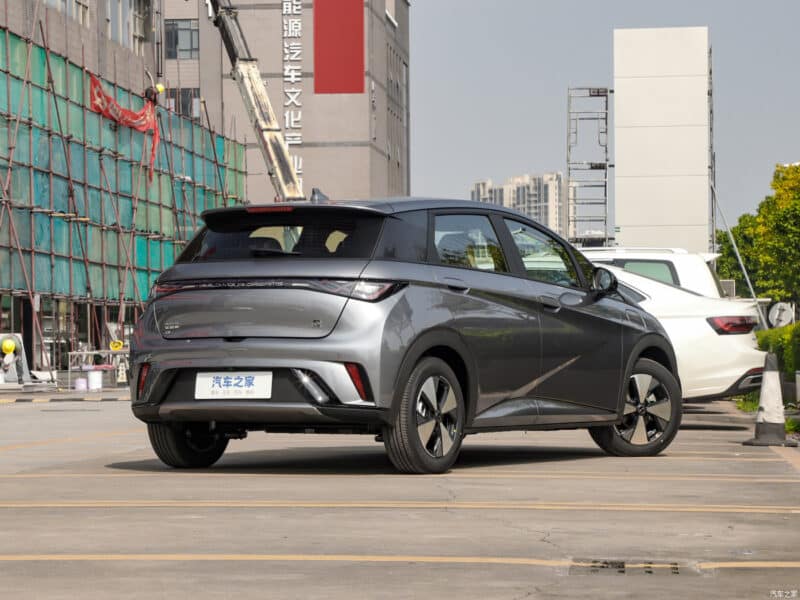This week, BYD announced it would export the Dolphin to Europe and revealed the basic specs of the car. It was the second line in the press release that caught my attention. BYD calls the Dolphin a C-segment car. I was surprised by that and dived into the specs. It turns out, the Euro-Dolphin is quite a different car than the Chinese original.
First, let me explain the European car segments. Europeans classify cars by size and use a letter to identify a specific class. For sedans, the classification goes from A to F, with the A-class being the smallest vehicle. There is no official definition of the different classes, or rules about which car fits in what category. It’s all a very relative system, based on market perception.
For instance, the C-segment is the category of cars similar in size to the Volkswagen Golf. When this classification first appeared, in the late 1970s or early 1980s, the Golf was about 3.7 meters long. Today it’s 4.25 meters, but still, it’s C-class. As cars grow a little with every generation change, the categories grow with them. Volkswagen still makes a car with a length of 3.7 meters, called the Up! That’s now an A-class car. There is a wide spread in class sizes and several overlaps. A Honda Civic is also considered C-class, but it’s 4.6 meters in size, considerably larger than the Golf.
Now let’s get back to the Dolphin. In China, the car is available in two versions and three trim levels. The Free and Fashion trim levels come with a 70 kW motor, the Knight Edition has a much more powerful 130 kW motor and a sporty body kit. All versions have the same 45 kWh Blade battery. The basic Dolphin is 4.12 meters long, the Knight Edition body kit adds 3 cm. Both share a wheelbase of 2.7 meters. In Europe, this car would be B-class, because it’s similarly sized to, for instance, the Volkswagen Polo.
The Euro-Dolphin, however, has a 150 kW motor and a 60 kWh Blade battery. This is the same electric drive train as in the Euro-spec Atto 3. The car also shares the 2.7-meter wheelbase of its Chinese cousin. But when it comes to the length, BYD inflates the Euro-Dolphin to 4.29 meters, almost a 20 cm increase. Most prominent is the new front end, where most of the extra centimeters go, but there is also a thicker rear bumper.
With this new length, the Euro-Dolphin is longer than a Volkswagen Golf, ID.3, or an MG 4. So suddenly, it has become a C-class car. Why would BYD want to do this?


It could be that the larger battery and different motor necessitate the replacement of some auxiliary components, requiring more space in the front. But actually, I doubt that’s the case here. I think it’s just done for marketing purposes. In China, the Dolphin retails for prices between €15,000 and €20,000 (116,800 – 136,800 yuan). Ad €10,000 or thereabouts, and you get an approximate European selling price. That would place the car at the higher end of the B-Class pricewise.
By stretching the car a little, BYD can market the Dolphin as a C-class vehicle, and then a €25,000 price tag would be very competitive. However, by going up a class, BYD creates more freedom in its pricing strategy. BYD has not released pricing details yet, but the expected retail price is in the €30,000 to €35,000 range, probably closer to the latter number. Seems like a nice extra earner for installing a slightly bigger bumper.
Source: BYD Europe







